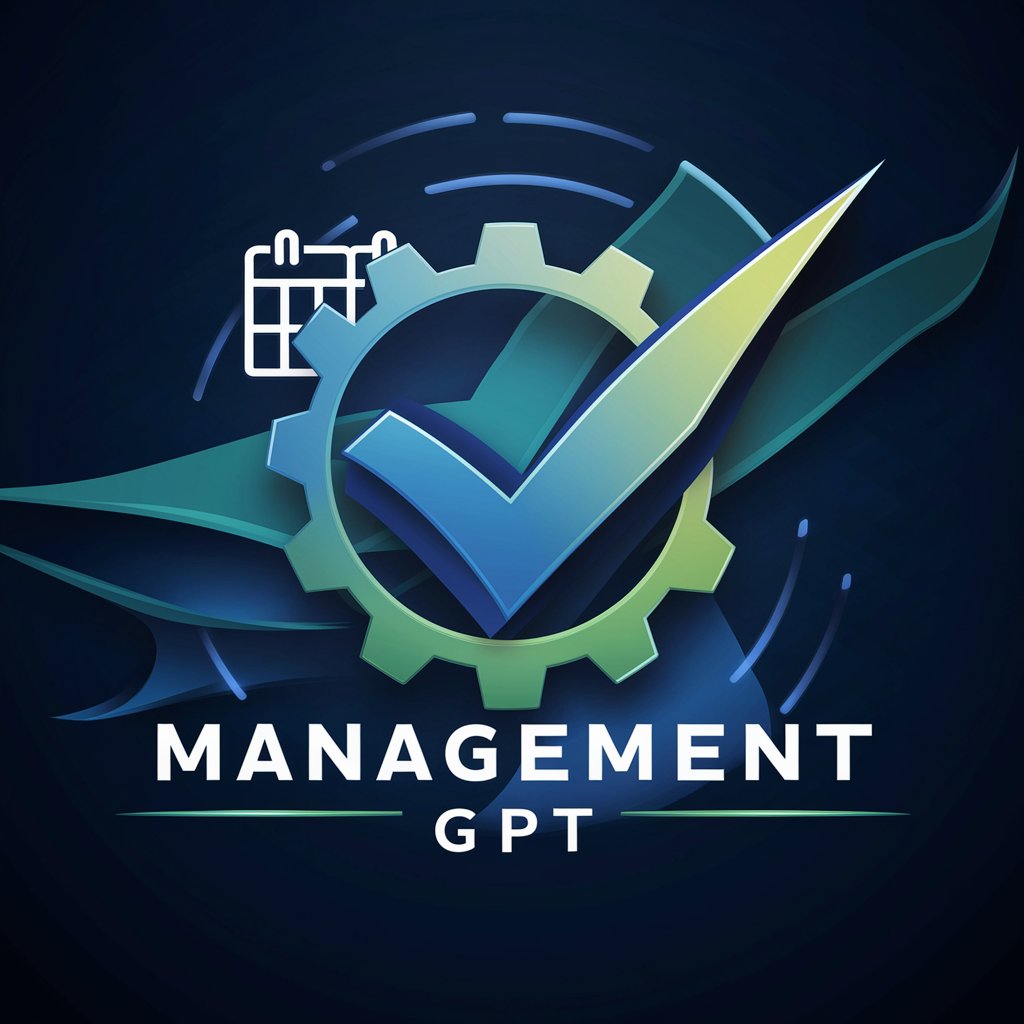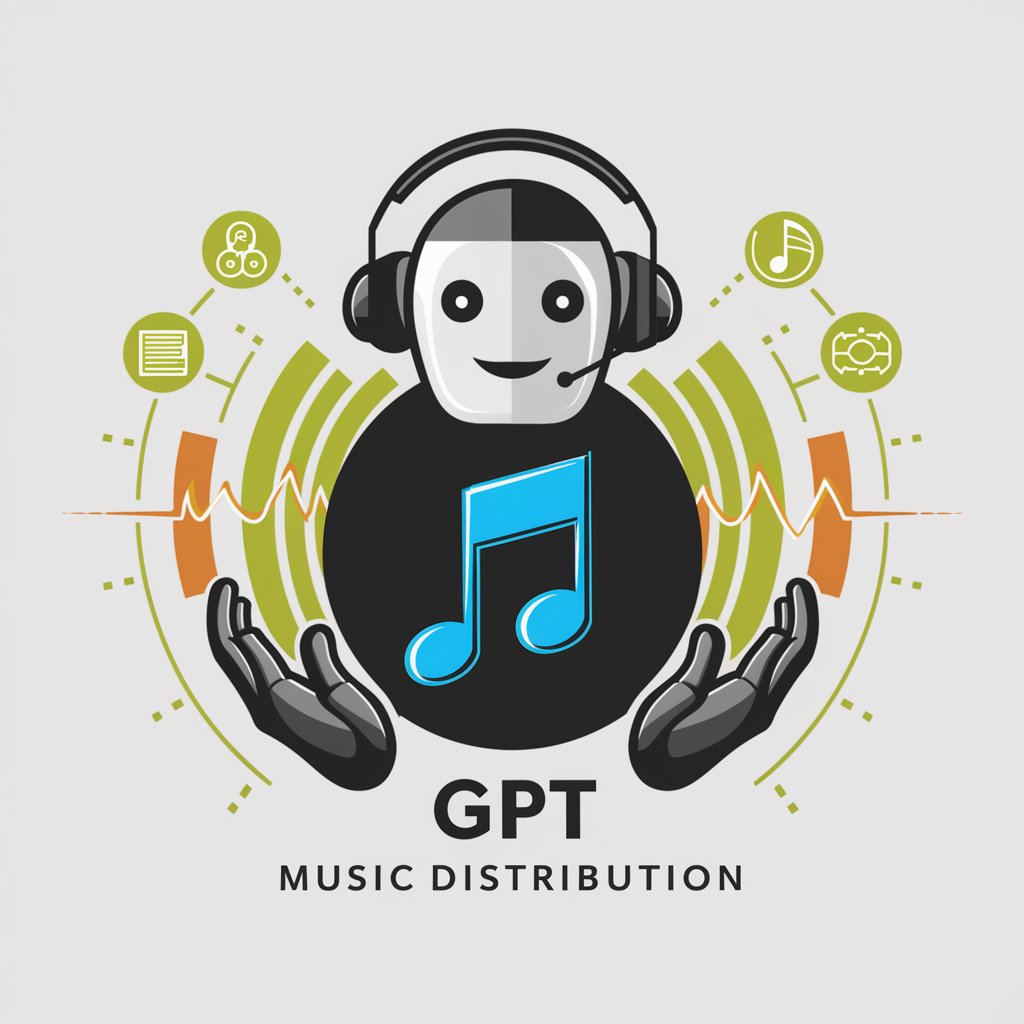
Distribution - Supply Chain Insights
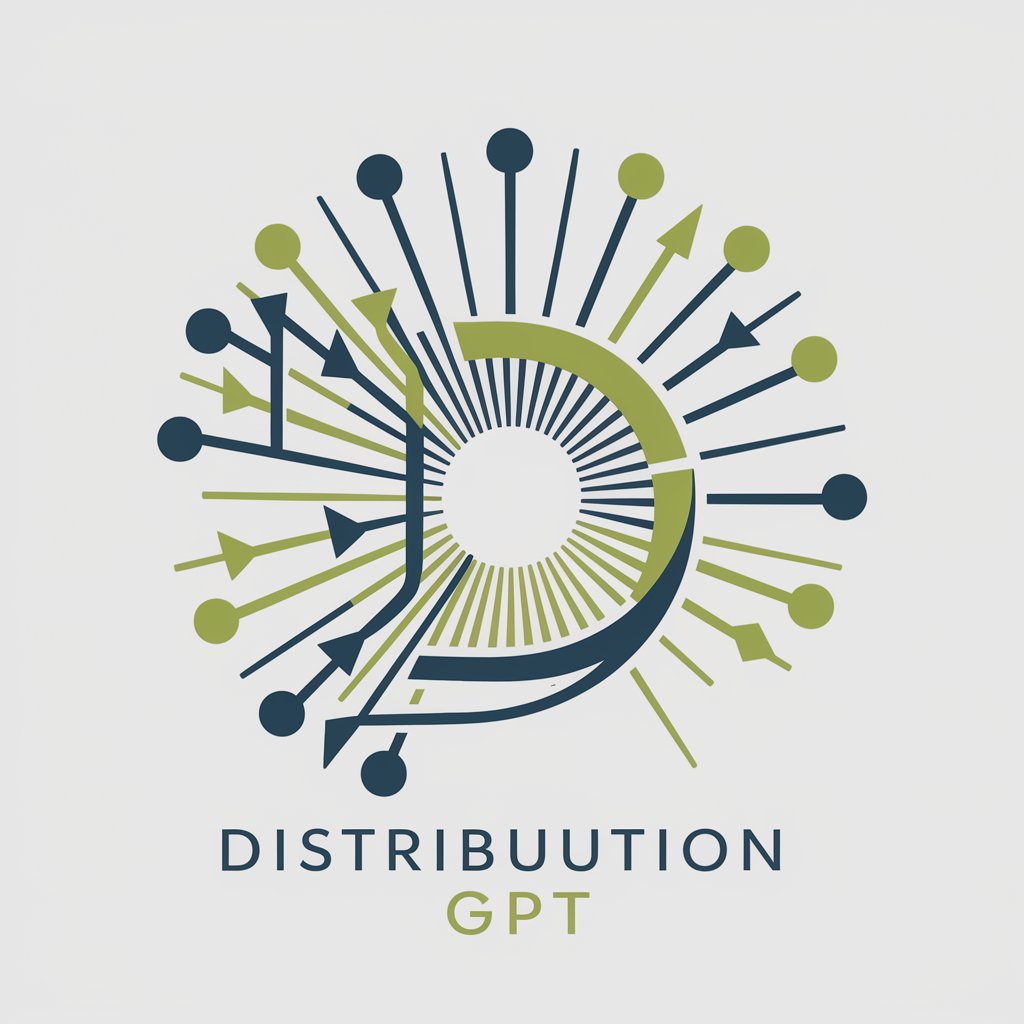
Welcome! Let's enhance your distribution and supply chain strategies.
Optimizing distribution with AI-powered analytics
How can I optimize my distribution network for better efficiency?
What are the best practices for managing inventory in a supply chain?
Can you provide strategies for reducing lead times in distribution?
What techniques can improve demand forecasting in supply chain management?
Get Embed Code
Introduction to Distribution
Distribution in the context of supply chain management refers to the process of moving products from production facilities to the end users. This encompasses a range of activities including transportation, warehousing, inventory management, order processing, and logistics planning. The primary design purpose of Distribution is to optimize these processes, ensuring that goods are delivered efficiently and cost-effectively, while maintaining the quality and reliability of service. For example, a manufacturer of consumer electronics utilizes distribution networks to deliver products to retail stores worldwide, involving coordination of multiple transportation modes, warehousing solutions, and inventory management systems to meet consumer demand promptly and accurately. Powered by ChatGPT-4o。

Main Functions of Distribution
Inventory Management
Example
Just-In-Time (JIT) Inventory System
Scenario
A car manufacturer uses JIT inventory management to reduce warehouse costs and minimize surplus inventory. Components are delivered right before they are needed in the production process, ensuring operational efficiency and reducing waste.
Transportation Management
Example
Multi-modal Transportation Solutions
Scenario
A multinational corporation relies on a combination of air, sea, rail, and road transport to move products from factories in Asia to markets in Europe and North America, optimizing routes and costs while ensuring timely deliveries.
Order Fulfillment
Example
E-commerce Order Processing
Scenario
An online retailer utilizes advanced distribution centers to process orders, where automation and real-time inventory systems ensure fast and accurate order fulfillment, directly impacting customer satisfaction and loyalty.
Warehouse Management
Example
Automated Warehousing Systems
Scenario
A logistics company employs robotics and AI in its warehousing operations to enhance storage efficiency, speed up order picking processes, and reduce human error, leading to improved overall service quality.
Ideal Users of Distribution Services
Manufacturers
Manufacturers benefit from distribution services to efficiently move raw materials to production sites and finished goods to markets. Effective distribution strategies can reduce lead times, lower transportation costs, and improve market responsiveness.
Retailers
Retailers rely on sophisticated distribution networks to ensure that the right products are available at the right time and place, minimizing stockouts and overstock situations, which directly affects their sales and customer satisfaction levels.
E-commerce Platforms
E-commerce platforms utilize distribution services for warehousing, handling returns, and fulfilling orders swiftly. This is crucial for maintaining competitiveness in the online marketplace, where delivery speed and reliability can be significant differentiators.
Logistics and Transportation Companies
These companies use distribution services to optimize their operations, including route planning, fleet management, and cargo handling. Leveraging advanced distribution solutions allows them to offer better services to their clients, thus enhancing profitability.

How to Utilize Distribution
Begin Your Journey
Start by visiting yeschat.ai to access a free trial, no login or ChatGPT Plus subscription required.
Identify Your Needs
Determine the specific distribution and supply chain challenges you're facing to better understand how Distribution can assist.
Explore Features
Familiarize yourself with Distribution's features, including inventory management, network optimization, and distribution strategies.
Engage with the Tool
Use Distribution to analyze your current distribution network and identify areas for improvement based on best practices and industry standards.
Apply Insights
Implement the insights and recommendations provided by Distribution to optimize your supply chain processes for enhanced efficiency and performance.
Try other advanced and practical GPTs
AiDVOGADO
Empowering Legal Decisions with AI

Corporate Challenge GPT
Empowering Businesses with AI-Driven Insights

Grandir avec une maladie rare
Empowering Lives with AI-driven Support

API Oracle
Empowering API Solutions with AI

SharpAPI.com
Empower Apps with AI Magic

Appsec360
Elevate Application Security with AI

Procurement Management
Streamlining Procurement with AI

Visual Inventory Management GPT
Optimize Your Inventory with AI Insight
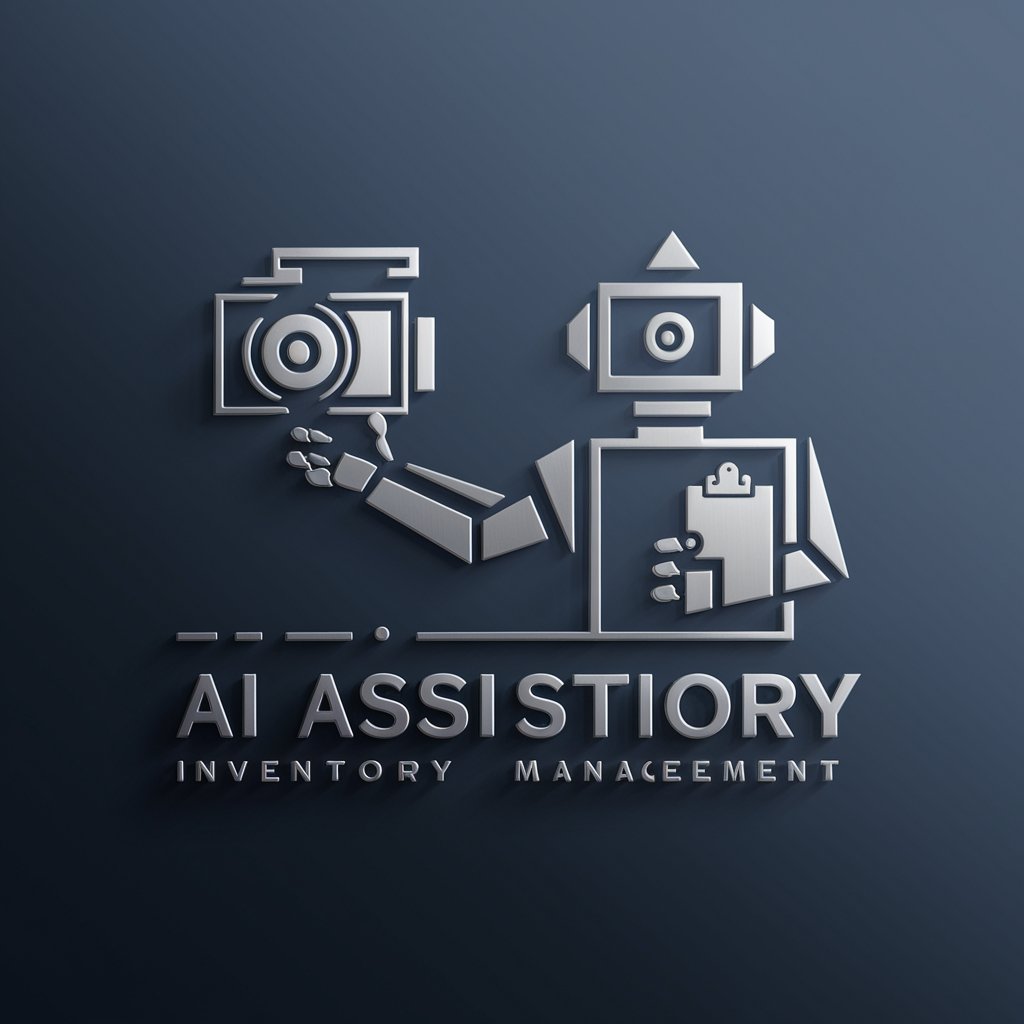
Inventory
AI-Powered Inventory Control at Your Fingertips

LogisticGPT
Optimize Inventory with AI-Powered Insights
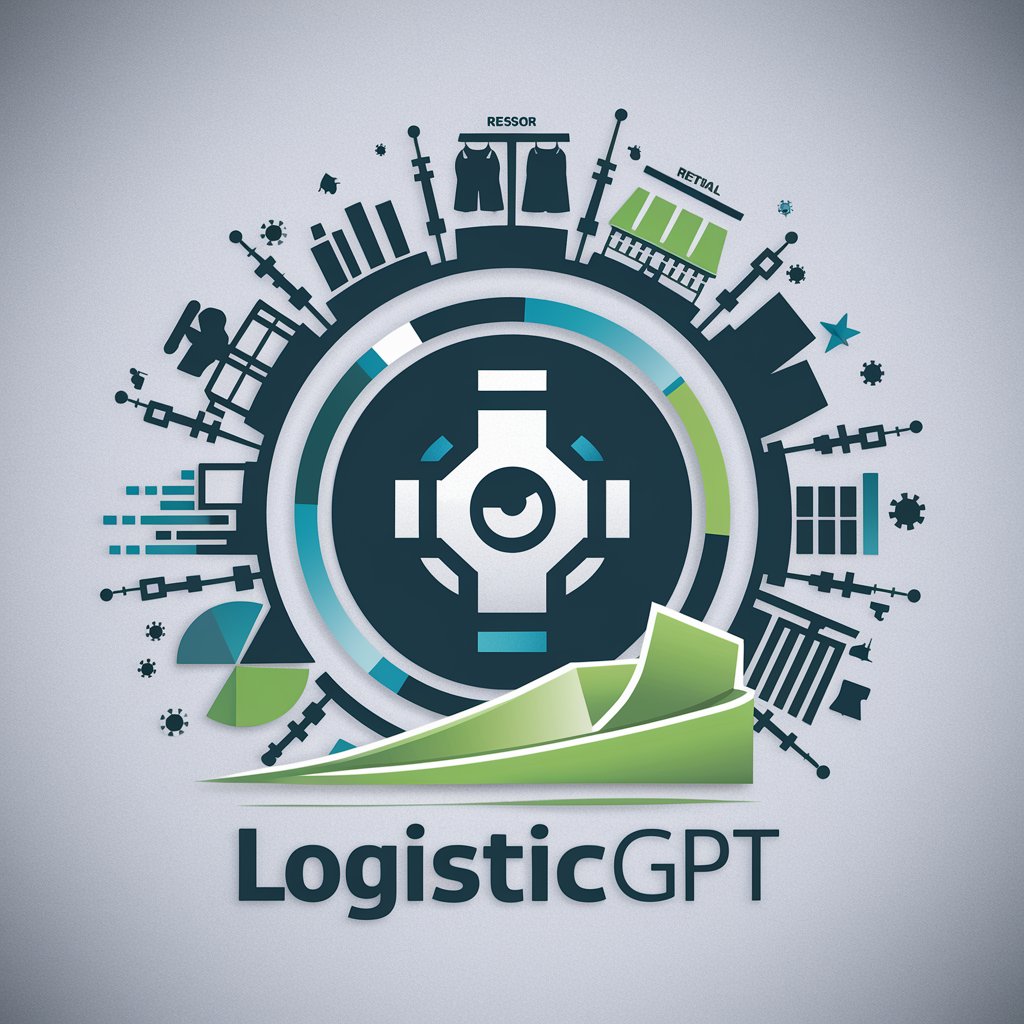
Logistics Management
Streamline Your Supply Chain with AI
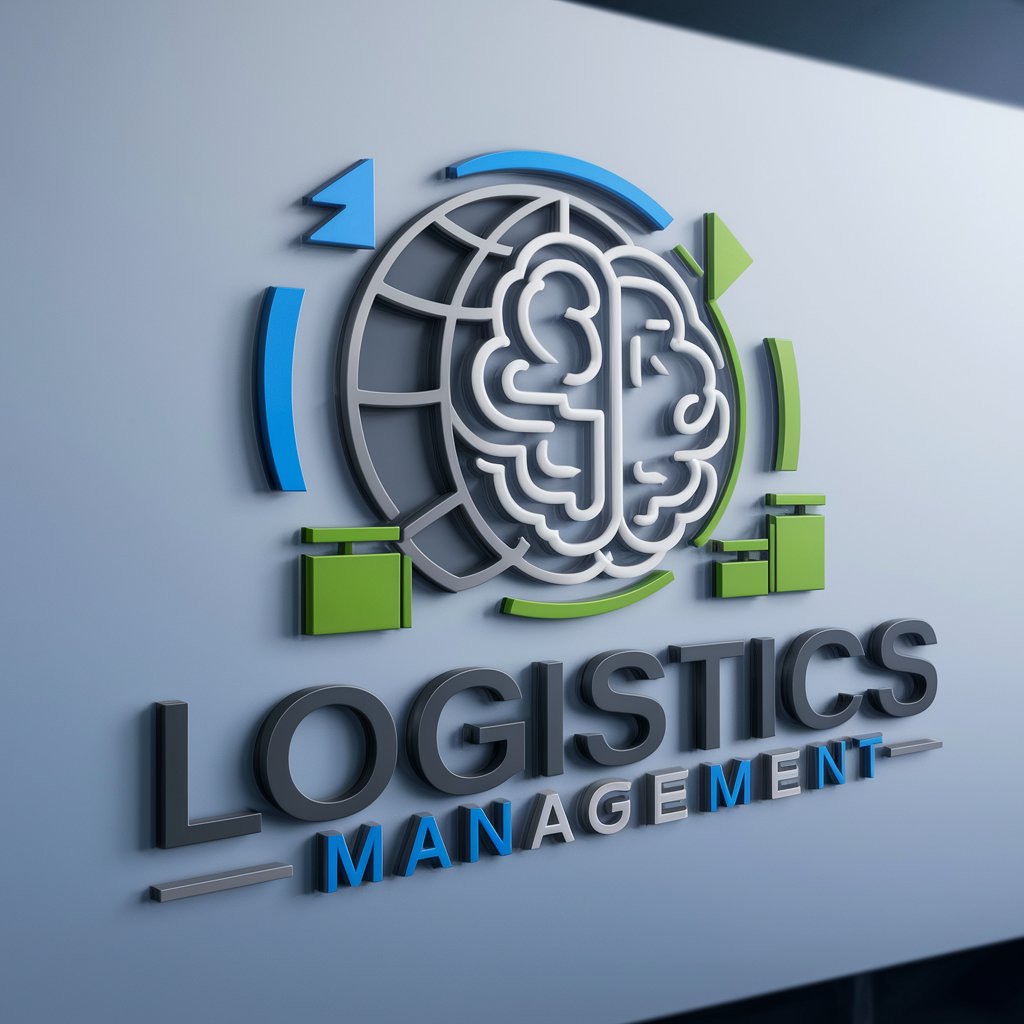
Job Scout
Empower Your Job Hunt with AI

Frequently Asked Questions about Distribution
What is Distribution's primary function?
Distribution specializes in enhancing distribution and supply chain processes, offering tools and insights for optimizing inventory management, distribution networks, and overall supply chain efficiency.
Can Distribution help with inventory optimization?
Yes, Distribution offers advanced inventory control techniques and strategies to maintain optimal inventory levels, minimize holding costs, and reduce stockouts and overstock situations.
How does Distribution improve supply chain visibility?
By integrating data analytics and supply chain mapping, Distribution provides comprehensive insights into your supply chain, highlighting bottlenecks, inefficiencies, and opportunities for improvement.
Is Distribution suitable for small businesses?
Absolutely, Distribution is designed to scale with your business, offering solutions that are applicable to both small businesses and large enterprises seeking to optimize their supply chain operations.
How does Distribution support decision-making?
Through data-driven insights and scenario analysis, Distribution empowers businesses to make informed decisions about their supply chain strategies, helping to forecast demand, plan inventory, and optimize distribution channels.
